CAN YOU MICROWAVE ALUMINUM FOIL FOOD CONTAINERS SAFELY?
1. INTRODUCTION: Navigating the Question of Aluminum in Microwaves
"Understanding the science behind microwaves and metal is crucial before placing any aluminum container inside."
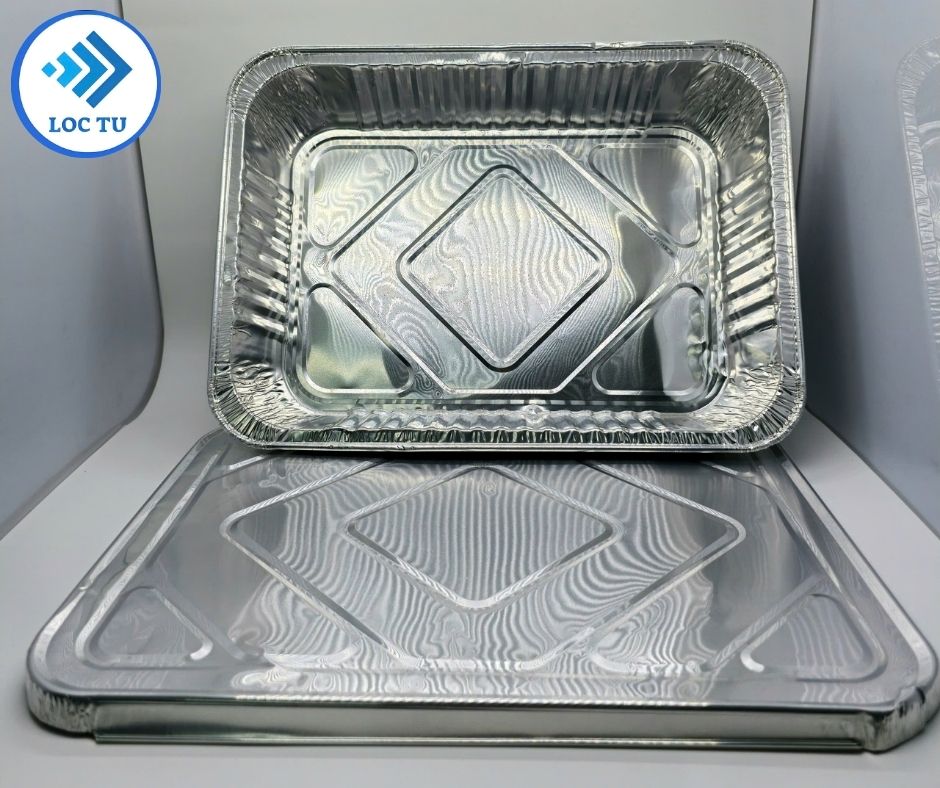
1.1. The Central Safety Inquiry ❓
1.2. Scope of This Professional Guide
The Mechanism: How microwaves interact with metals.Identified Risks: Specific hazards associated with microwaving standard aluminum trays.Exceptions & Standards: Criteria for aluminum containers certified as microwave-safe.Safe Practices: Recommended alternative reheating methods.Industry Considerations: Guidance for businesses and professionals.
2. THE SCIENCE EXPLAINED: Why Metal and Microwaves Clash
Microwaves Induce Electrical Currents: Metal objects, particularly thin or irregularly shaped ones, reflect microwaves. When microwave energy strikes metal, it induces an electrical current on the surface of the metal.Charge Buildup and Arcing: If the metal object has sharp edges or points, or if it is close to the microwave cavity walls or other metal objects, these induced currents can concentrate at these points. This concentration can lead to a buildup of electrical charge. When the charge buildup is sufficient, it can overcome the insulating properties of the air, resulting inelectrical arcing – a spark or series of sparks.Term-Definition Pair: Electrical Arcing (or Arcing): The discharge of electricity across a gap between two conductors, often seen as a spark. In a microwave, this occurs when concentrated induced currents on metal objects jump to another surface.
The Danger: Arcing inside a microwave can cause:Damage to the microwave oven (especially the magnetron, the component that generates microwaves). Ignition of surrounding materials, such as paper wrappers, plastic containers, or even dry food items, leading to a fire. Uneven heating of the food, creating cold spots where bacteria can survive.
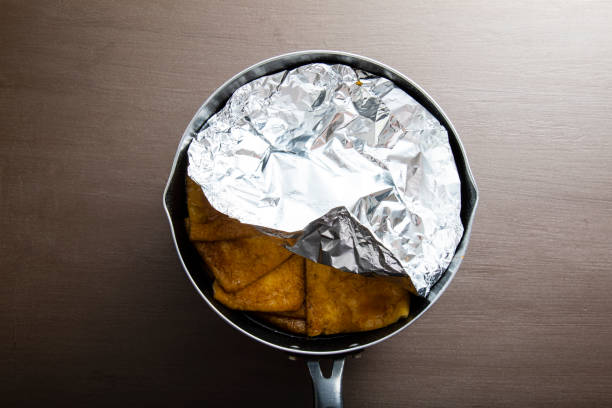
3. THE RISKS: Why Standard Aluminum Trays Are NOT Microwave Safe
High Probability of Arcing: The thin, often crimped edges of aluminum trays, coupled with their metallic composition, make them highly susceptible to inducing currents and arcing when exposed to microwave energy.Fire Hazard: If arcing occurs near flammable materials (common in food packaging or the food itself), it can easily ignite, leading to a fire inside the microwave and potentially spreading.Microwave Damage: Repeated arcing can severely damage the internal components of your microwave oven, leading to costly repairs or the need for replacement.Compromised Food Quality: While the container is busy sparking, the food inside is unlikely to heat evenly, creating safety concerns related to bacteria and reducing the meal's palatability.
"Attempting to microwave a standard aluminum foil container is a risk not worth taking. Safety should always be the priority."
Anecdote/Example: Consider a busy restaurant kitchen. A chef quickly reheats a side dish in its original aluminum takeout container to save time. A spark ignites oil residue, leading to a small but dangerous fire inside the microwave, causing panic and requiring evacuation – a direct consequence of improper microwave usage. (This illustrates a professional context scenario).
4. ARE THERE ANY EXCEPTIONS? Understanding "Microwave-Safe" Aluminum
What Makes Some Aluminum Trays Microwave Safe?
Smooth Edges: Eliminating sharp points where charge can concentrate.Specific Shapes and Depths: Designed to optimize the interaction with microwaves and reduce reflection in hazardous ways.Special Coatings or Laminations: Applying layers of other materials (like polymers) that can help insulate or alter how the metal interacts with the microwaves.Rigorous Testing: Manufacturers subject these containers to stringent testing protocols to ensure they meet safety standards for microwave use.Thụt lề: Important: Only aluminum containers that areexplicitly labeled by the manufacturer as "microwave safe" should ever be used in a microwave. Do not assume a container is safe just because it looks slightly different. Look for clear labeling.
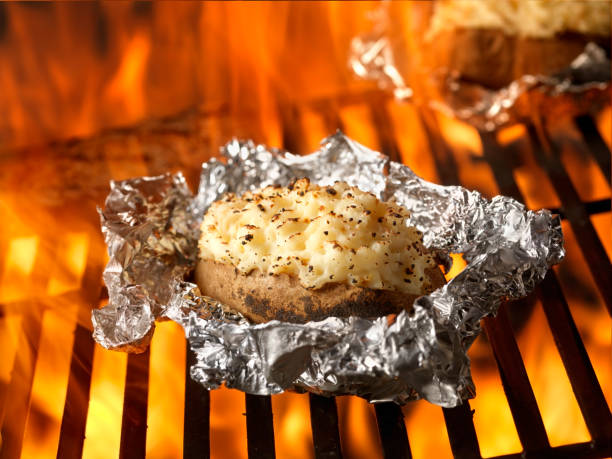
5. SAFE ALTERNATIVES: Reheating Food Packaged in Aluminum
Choose the Right Dish: Use containers made of glass, ceramic, or microwave-safe plastic. Look for labels indicating microwave suitability.Transfer the Food: Carefully scoop or slide the food from the aluminum tray into the microwave-safe dish.Cover (Optional but Recommended): Use a microwave-safe lid, plastic wrap (vented), or paper towel to cover the food. This helps retain moisture and ensures more even heating.Heat According to Guidelines: Follow recommended cooking times and power levels for your microwave and the type of food. Stirring food halfway through helps ensure even heating.
Pulled Quote: "When in doubt, transfer it out." - A simple, golden rule for microwave safety.
6. EXPERT TIPS FOR FOOD PROFESSIONALS
Educate Staff and Customers: Train employees on proper reheating instructions for different packaging types. Clearly label aluminum containers provided to customers with warnings like "DO NOT MICROWAVE" or instructions to transfer food. (Consider referencing an image concept of clear labeling on a container).Offer Microwave-Safe Alternatives: For dishes intended to be reheated by customers, consider offering a microwave-safe packaging option (e.g., PP plastic containers) in addition to or instead of standard aluminum.Verify "Microwave-Safe" Claims: If sourcing aluminum containers labeled as microwave-safe, request testing documentation and certifications from youraluminum foil containers supplier or manufacturer.Optimize Heating Processes: For internal use, explore methods like convection ovens, steam tables, or warming drawers for reheating or holding food prepared in aluminum trays, bypassing the need for microwaves.
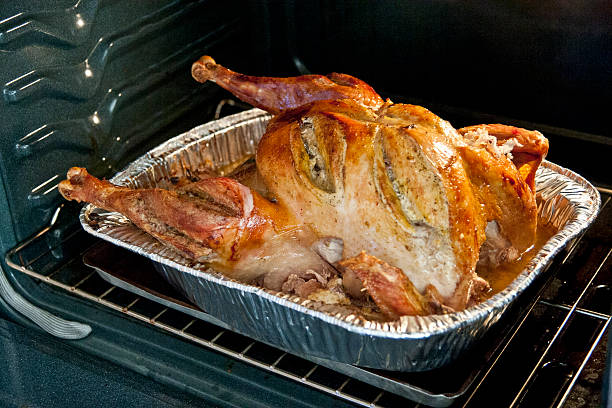
7. FREQUENTLY ASKED QUESTIONS ABOUT ALUMINUM & MICROWAVES
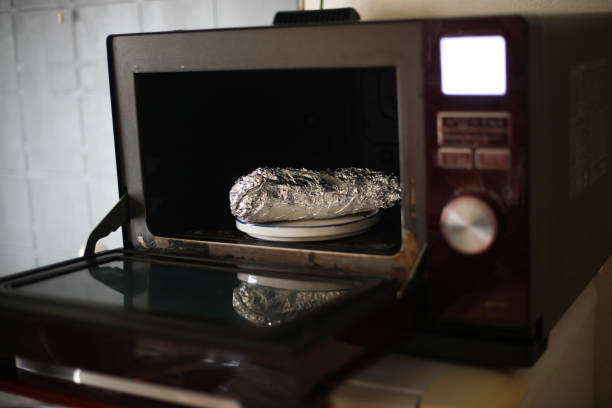
8. CONCLUSION: Prioritizing Safety Over Convenience
Key Takeaways: 🚫 Standard aluminum foil containers are NOT microwave safe due to arcing risks.⚠️ Arcing can damage the microwave and cause fires. ✅ The safest method is to transfer food to a microwave-safe dish.🔬 Some specialized aluminum containers are microwave safe, butmust be explicitly labeled as such.👨🏫 Educate users on proper microwave safety practices.
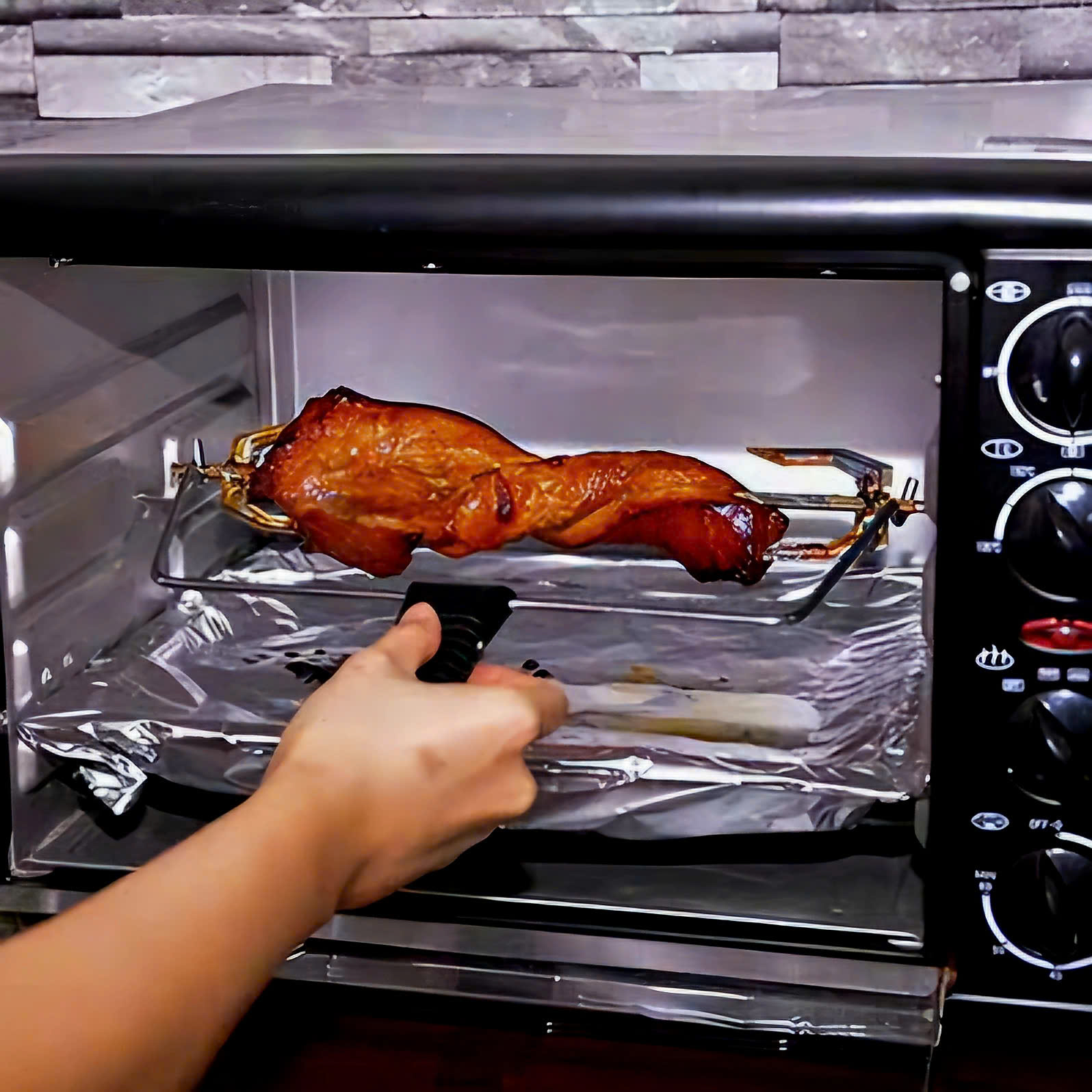
Loc Tu: Pioneering Excellence in Premium Aluminum Packaging Solutions
Why Choose Loc Tu:
✅ Assured Quality & Safety: Crafted from premium, food-grade aluminum, free from harmful impurities, meeting international safety benchmarks.
🔥 Optimal Thermal Properties: Ensures even cooking and excellent heat retention, preserving food temperature and taste effectively.
💪 Durable & Convenient Design: Engineered to resist leaks and dents, providing reliable performance for baking, storage, and transport.
🔄 Versatile Solutions: Our extensive range caters to various applications – from baking and steaming to storing fresh food and takeaway meals.
🌱 Eco-Conscious Packaging: Made from 100% recyclable aluminum, supporting sustainability and reducing plastic waste.
🎯 Brand Enhancement: Optional custom printing available to personalize products and boost your brand visibility.
🚚 Reliable Supply & Delivery: Capable of handling large orders with dependable, on-schedule nationwide shipping.
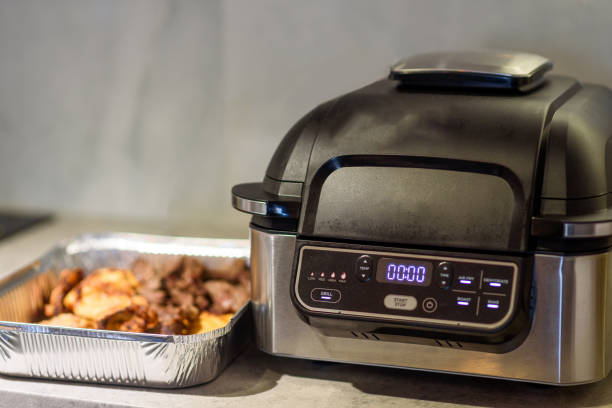
Your Trusted Partner in Food Packaging 📞
📌 LOC TU MANUFACTURING & TRADING CO., LTD
📌 Website: ALUMINUMFOILVN
📌 HOTLINE/ZALO: +84.969.787.309
📌 Facebook: Khay nhom thuc pham
📌 Youtube: Khay nhom thuc pham Loc Tu
📌 Tik Tok: Khay nhom Loc Tu
📌 Shopee: Khay nhom thuc pham Loc Tu
📌 Telegram: Khay Nhom Thuc Pham Loc Tu
📌 Whatsapp: +84.969.787.309
📌 Branch 1 (Hanoi): No. 1 Pham Tu, Beasky Building, Dai Kim Ward, Hoang Mai District, Hanoi
📌 Branch 2 (Binh Duong): No. 68, DX 051 Street, Group 17, Quarter 4, Phu My Ward, Thu Dau Mot City, Binh Duong Province
📞 Contact us today for expert consultation and the best pricing on premium aluminum trays, foil, and food packaging solutions! 🚀
LOC TU PRODUCTION AND TRADING COMPANY LIMITED
Branch 1 (Binh Duong): No. 68, DX 051 Street, Group 17, Quarter 4, Phu My Ward, Thu Dau Mot City.
Branch 2 (Hanoi): No. 1 Pham Tu, Beasky Building, Dai Kim Ward, Hoang Mai District.
Hotline/Zalo: +84.969787309
Website: Khaynhomthucpham.com
Email: [email protected]